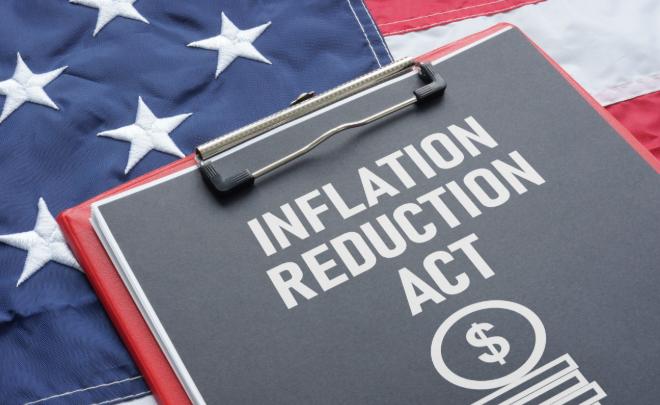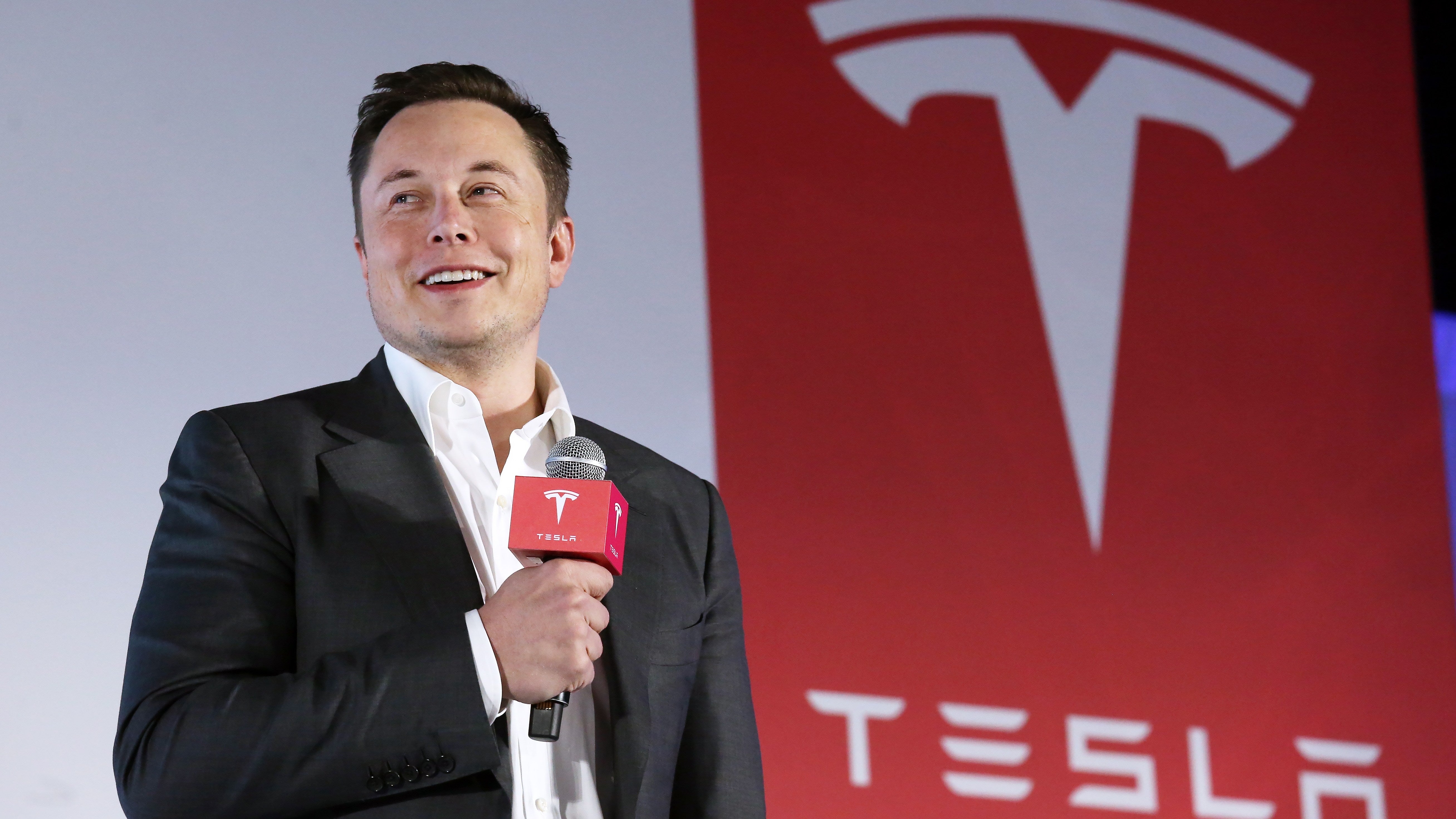The Inflation Reduction Act (IRA), signed into law in August 2022, represents one of the most comprehensive climate-focused legislative packages in U.S. history. Among its key provisions are a series of tax incentives aimed at accelerating the adoption of electric vehicles (EVs), expanding domestic clean energy production, and reducing carbon emissions. This article provides a detailed breakdown of the IRA’s EV-related tax benefits and their implications for consumers, automakers, and the renewable energy market.
1. EV Tax Credits for New Vehicles
Under the IRA, consumers can claim a federal tax credit of up to $7,500 for purchasing a new electric vehicle. However, the structure and eligibility requirements have significantly changed compared to earlier EV incentives.
Eligibility Criteria:
-
The vehicle must be assembled in North America.
-
A portion of the vehicle’s battery components must be sourced from the U.S. or countries with free trade agreements.
-
The buyer’s adjusted gross income (AGI) must not exceed:
-
$150,000 for single filers
-
$225,000 for heads of household
-
$300,000 for joint filers
-
Vehicle Price Caps:
-
Sedans must be priced under $55,000
-
SUVs, trucks, and vans under $80,000
Notably, automakers must now meet both critical mineral sourcing and battery component requirements for the vehicle to qualify for the full $7,500. If only one requirement is met, the vehicle may still qualify for $3,750.
2. Tax Credits for Used EVs
For the first time, the IRA introduces a tax credit for pre-owned EVs:
-
Credit Amount: Up to $4,000 or 30% of the vehicle’s price, whichever is lower
-
Vehicle Eligibility: The EV must be at least two years old
-
Price Cap: Must cost under $25,000
-
Buyer Income Limitations:
-
$75,000 for individuals
-
$112,500 for heads of household
-
$150,000 for joint filers
-
This provision significantly expands affordability, allowing middle- and lower-income Americans access to the benefits of clean transportation.
3. Point-of-Sale Transfer Begins in 2024
Starting January 1, 2024, EV buyers no longer have to wait until tax season to claim their credit. Consumers can transfer the credit directly to the dealer at the point of sale, effectively lowering the vehicle’s upfront cost by up to $7,500 (new) or $4,000 (used). This change is expected to increase EV adoption by reducing financing barriers.
4. Commercial and Fleet EV Incentives
Businesses benefit from commercial clean vehicle tax credits:
-
Up to $7,500 for light-duty EVs
-
Up to $40,000 for medium- and heavy-duty EVs
The commercial credit does not have the same battery sourcing or income restrictions as the consumer version, making it a powerful incentive for fleet electrification.
5. Charging Infrastructure Credits
To support wider EV adoption, the IRA reinstates and expands the Alternative Fuel Vehicle Refueling Property Credit:
-
30% credit for the cost of EV chargers and installation (up to $1,000 for residential)
-
For commercial installations, the credit is up to $100,000 per charging station
-
Applies to installations in low-income or rural areas
-
Effective through 2032
This measure aims to increase charger availability, particularly in underserved communities and along rural corridors.
6. Domestic Manufacturing and Battery Incentives
A core focus of the IRA is to stimulate domestic EV and battery manufacturing. Key incentives include:
-
Production tax credits for battery manufacturers producing cells and modules in the U.S.
-
Advanced manufacturing tax credit (45X) for battery minerals and components
-
Loan guarantees and grants for new factories and clean energy infrastructure
These policies are expected to reduce reliance on foreign supply chains and create tens of thousands of green jobs across America.
7. Impact on Automakers and Market Dynamics
Automakers have responded quickly to the IRA by:
-
Restructuring supply chains to meet sourcing requirements
-
Expanding North American assembly and battery facilities
-
Repricing vehicles to fit eligibility limits
Brands like Ford, GM, Rivian, and Tesla are adjusting their vehicle lineups and production strategies to maximize IRA benefits, while new entrants are racing to qualify their offerings.
8. Criticisms and Challenges
Despite its long-term vision, the IRA tax credit rollout has not been without challenges:
-
Some buyers are confused by changing eligibility rules.
-
Not all EV models qualify due to the strict sourcing and pricing requirements.
-
Income and price caps exclude high-end EVs, leading some to question if luxury buyers are disincentivized.
Nonetheless, the broader market response has been positive, with EV sales growing steadily.
9. Looking Ahead
With billions in tax credits, infrastructure investments, and manufacturing support, the IRA marks a decisive step toward a clean energy transition. By aligning economic incentives with climate goals, the law promises to accelerate the decarbonization of U.S. transportation—one tax credit at a time.
Recommend Reading: Federal EV Tax Credit Ends Sept 30, 2025 – Eligible Cars & Recommendations








Share:
Incentivizing Daytime EV Charging in the U.S.: A Key Strategy for Grid Stability and EV Adoption
A Comprehensive Guide to EV Adapters: From NEMA to NACS-to-CCS1